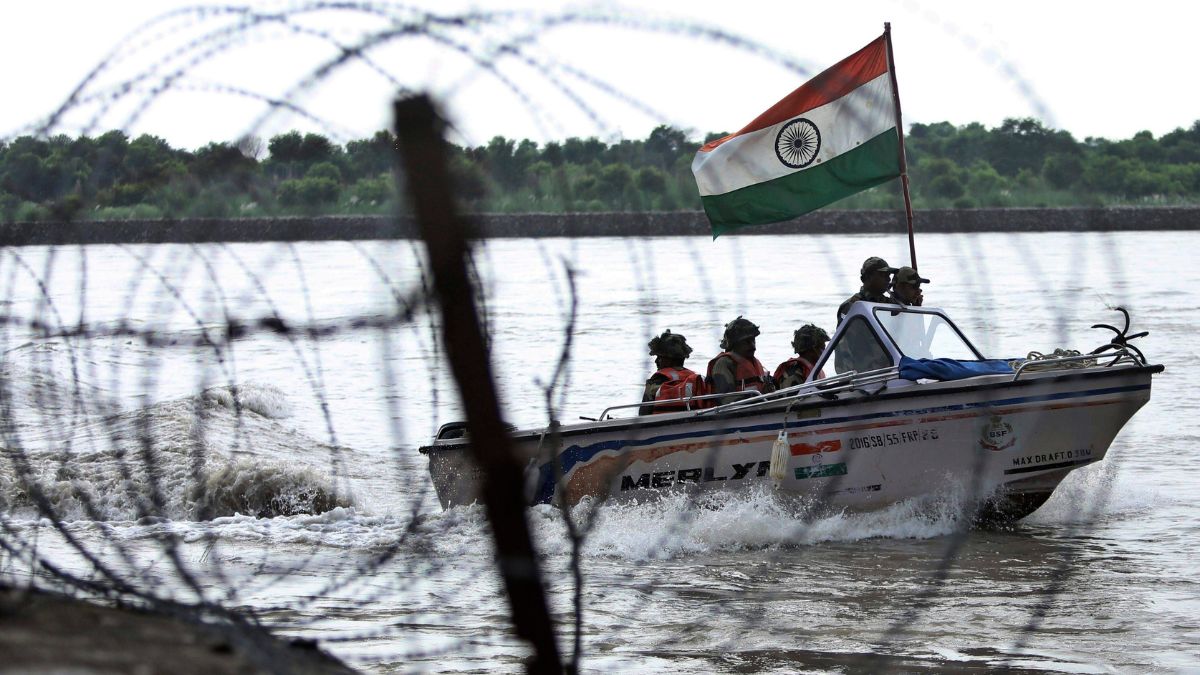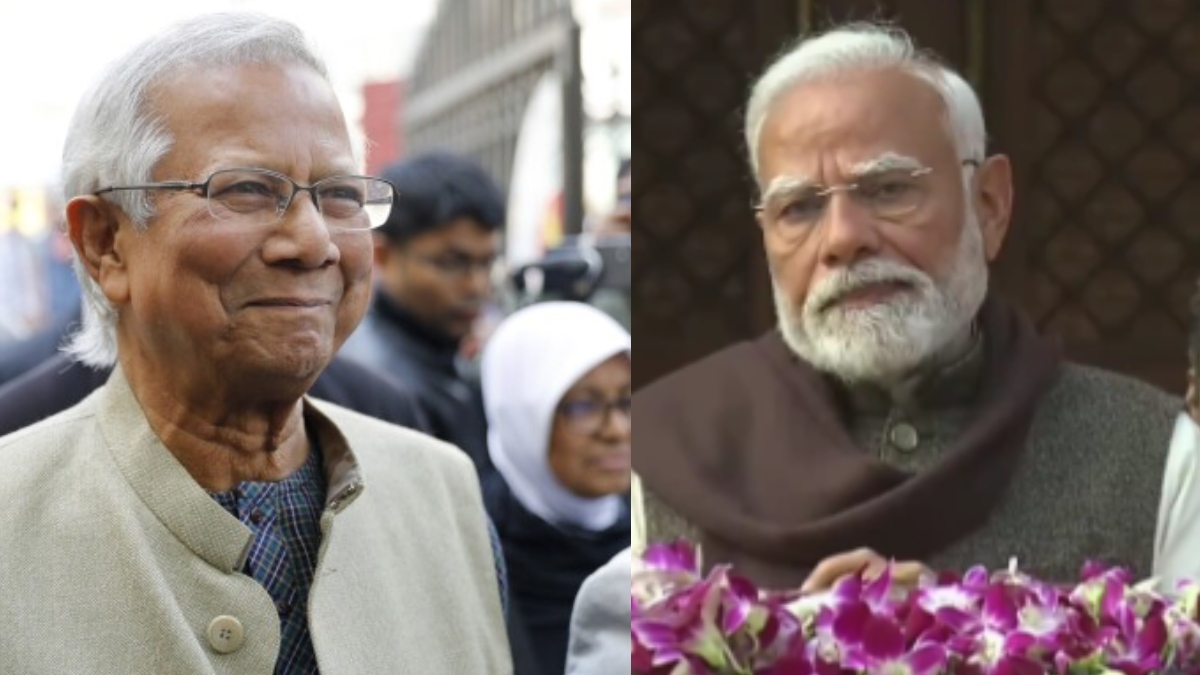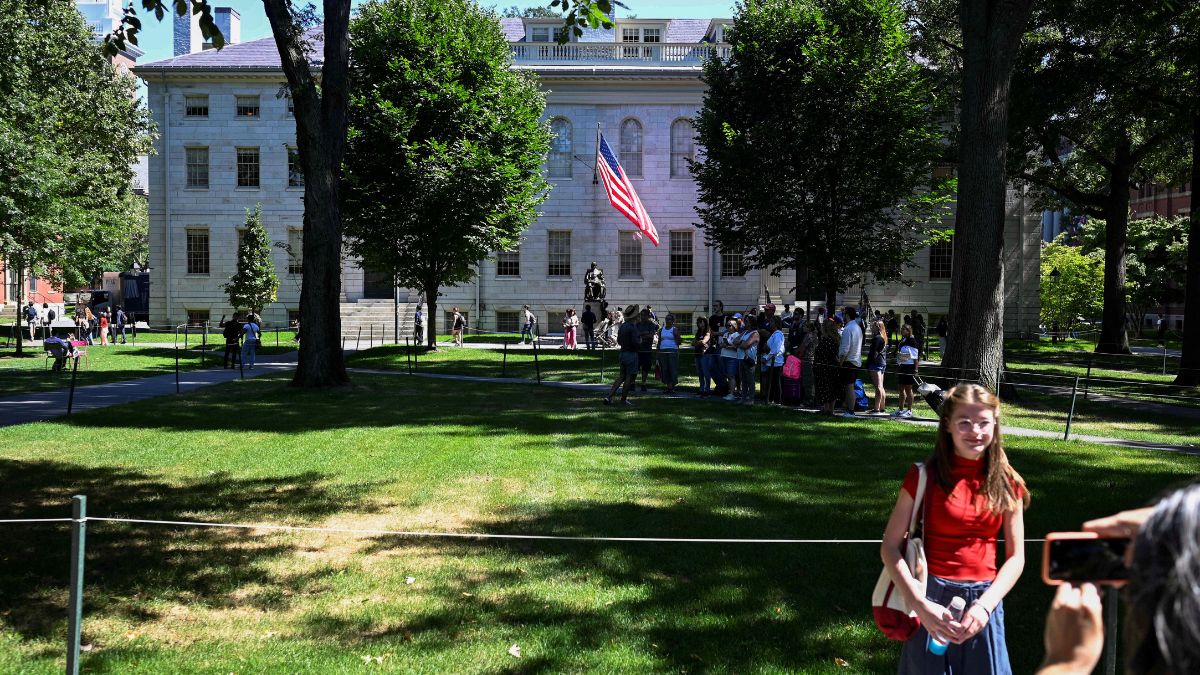India’s border areas offer a rich tapestry of cultural experiences and natural beauty. The terrain has so much to offer. The creeks and swamps and the Rann Utsav in the Rann of Kutch slowly give way to the treacherous Thar desert, the railway villages of Gadra and Munabao, the fort of Jaisalmer and the famous battlefield of Longewala.
Moving northwards along the western border, the desert turns into lush green fields with numerous canals and riverine terrain. The historic Firozpur with Hussainiwala and Harike water reservoirs. The holy city of Amritsar, or the pool of nectar, vibrant cultural displays at the Wagah Border and the gateway to Kashmir & Jammu.
The plains turn into hills and mountains and forests and valleys of Kashmir. The mountain desert of Ladakh with Kargil, Galwan, Rezang La, and Demchok. Going clockwise, the mountains continue bordering China, Nathu La in Sikkim, the Dooars, and finally the untouched beauty of Arunachal Pradesh, seen from the serene Buddhist ambience of the Tawang Monastery and the easternmost corner, Walong. The Bay of Bengal and the islands of Andaman & Nicobar – each region is remarkable in its own way.
Battlefield tourism in India offers a unique perspective on the country’s history, culture, and patriotism. Whether you are witnessing the retreat ceremony, exploring the museums, or visiting border destinations across India, each experience is a journey into the heart and soul of the brave soldier who stood proud, fought and died for the nation.
From the battlefields of the past to the peaceful memorials of today, military heritage tourism sheds new light on a rich and enviable history. It is about honouring those who served, understanding the past, and appreciating the heritage that connects us all.
The picturesque landscapes, serene beauty, and clean air of these places are a treat to the eye and heart. Military tourism not only opens these hidden gems but also gives an insight into the way of life of the Armed Forces in some of the most remote and challenging places, weather, and terrain in the country.
Project Shaurya Gatha
To showcase the rich military heritage and culture of the Indian armed forces to the citizens of our nation, Project Shaurya Gatha was launched by the Chief of Defence Staff (CDS) on November 8, 2024, during the second edition of the Indian Military Heritage Festival. Battlefield tourism is aligned to the Prime Minister’s vision of Dekho Apna Desh, where each citizen has been urged to visit at least two battlefields. This entails shortlisting important pre- and post-Independence battlefields/geographical areas that lend themselves to creating a battlefield experience through visits to war memorials/museums/battlefield trails.
The project will create military heritage trails that will connect the battlefields with military museums and memorials so that a holistic understanding of the Indian military legacy of valour and honour can be imparted to visitors.
The project will aim to promote military heritage tourism in the country by creating ways and means to facilitate the potential visitors through accurate historical information and practical advice on how to plan their visit. It also has the potential for developing economic activities associated with the project that will range from improvement of infrastructure in the area, viz, accommodation, transportation, tourist guides, and souvenirs, in many parts of the country, especially border areas.
Bharat Rann Bhoomi Darshan
To formulate a mechanism to augment Border Area Development (Surakshit–Viksit Seeemaein), a conclave on ‘Border Area Development’ was organised by the Indian Army in collaboration with CLAWS on September 11, 2024, at Manekshaw Centre, New Delhi. Defence Minister Rajnath Singh was the ‘Chief Guest’ of the conclave. Gajendra Singh Shekhawat, Minister of Tourism, and Pema Khandu, Chief Minister of Arunachal Pradesh, were also invited as special guests.
Simultaneously, the Indian Army has taken the lead in border area tourism and unfolded Bharat Rann Bhoomi Darshan on Army Day 2025. This aligns with the larger narrative of the government’s Vibrant Village Programme for the development of villages along our northern borders.
To boost border tourism and foster development in remote regions, the Indian Army is preparing to open 14 remote border regions of Ladakh, 21 in Arunachal Pradesh, 11 in Jammu and Kashmir, and seven in Sikkim, including the strategically important village of Demchok in Ladakh, to domestic tourists. Demchok, a contested area along the Line of Actual Control (LAC) and a point of contention with China, now offers Indian travellers a rare glimpse into previously restricted militarised zones.
Plans are underway to make the Galwan Memorial accessible to visitors, similar to the Rezang La War Memorial, and open border areas like Trishul and Rangla in Ladakh. This will allow civilians to experience firsthand the challenging terrain and strategic importance of these areas, which have played a crucial role in India’s history.
Infrastructure Development
The Army Chief, General Upendra Dwivedi, stated that the Indian Army is opening battlefields, including Kargil and Galwan, for tourists to get first-hand experience and see where they laid down their lives for the country. “With targeted initiative, we have the potential to double our tourist numbers in the next five years. We have committed to promoting adventure activities and providing support to organisers and tourist operators to enhance footfall in the border area; upskilling locals in mountaineering and associated activities is part of it,” he said.
The Army Chief said the Army has undertaken eight major projects comprising the Trans-Himalayan trek, the “Soul of Steel” trek in Uttarakhand (Mountain Skill Survival Challenge), and the opening of the trek to Siachen Glacier for citizens as part of a broader border tourism initiative. “Now, you are allowed to climb Tiger Hill and see the battlefield where pitched battles were fought during the Kargil conflict in May-July 1999.” He said, “The sagas of battles in the Himalayas need to be told, and trekkers are welcome to come and see these areas.”
The Indian Army and the Border Roads Organisation (BRO) have made significant strides in the improvement and development of border infrastructure in the recent past. Over 8,500 kilometres of roads have been constructed along the borders, with a special focus on the Line of Actual Control. About 400 permanent bridges and the Se La and Shinkun La tunnels have been completed.
Beyond infrastructure, the Indian Army continues to play a pivotal role in supporting border communities. It provides medical assistance, rescue operations and relief services, further enhancing the quality of life for residents in these areas.
The Army’s promotion of border tourism will have a positive impact on the local economy. As more tourists visit these border areas, there will be a direct influx of money that will benefit the local population. Small businesses such as hotels, restaurants, and souvenir shops stand to gain from the increased footfall, providing locals with income and employment opportunities.
E-Museum Website
There are approximately 70-75 museums of the Indian Armed Forces spread across various parts of the country. These museums showcase the rich history of the military, including equipment, uniforms, and artefacts from different periods of history, along with tales of extraordinary courage and selflessness displayed by our soldiers, sailors, and airmen alike.
Since it is not feasible for the public to visit all these museums, the Indian Armed Forces Museum website has been conceptualised as a comprehensive online platform. Here, curated content from 47 selected museums is showcased, highlighting the rich history and traditions of the Indian Army, Navy, and Air Force.
Designed with an engaging user interface, the website provides an immersive experience. The primary objective of the Indian Armed Forces Museum website is to educate and inspire visitors by showcasing the historical narrative and significant achievements of the Indian Armed Forces. The website can be visited here.
Border Tourism Web Page
Another initiative that has been undertaken is the creation of a dedicated webpage focused on boosting tourism in border areas. The Indian Army’s efforts to open new avenues for tourism while ensuring security and development have been widely praised, and this new web page is a direct response to the growing interest in exploring these strategic yet culturally rich areas.
For many people, border areas are often seen as off-limits or dangerous. However, the Indian Army’s initiative aims to change that perception by providing information on how tourists can visit these areas safely. What makes this webpage so important is the access it provides to information that was previously hard to come by. Tourists who may have been hesitant about visiting border areas due to concerns over safety or logistical challenges can now find all the details they need in one place.
The webpage includes information on the best times to visit, the kinds of facilities available, and how to plan a trip. It also highlights the various attractions that are unique to these areas, such as historical forts, mountain treks, and cultural festivals that are held throughout the year. The web page can be visited here.
Conclusion
The decision to open restricted areas for tourism marks a significant step toward integrating remote border regions into the national mainstream. The Indian Army’s involvement in promoting border tourism is particularly significant given its deep connection to these areas. For example, several of the forts and battlefields that tourists can visit are places where the Army has played a pivotal role in defending the country. Visiting them will give tourists a deeper understanding of the sacrifices made by the Army.
Beyond the physical beauty and historical significance, border tourism also offers the chance to experience the rich cultures of the people who inhabit these areas. These communities, though often overlooked, have a wealth of traditions, languages, and practices that make them unique. Tourism will help to boost local economies and create new job opportunities for residents.
Major General VK Singh, VSM (Retd), was commissioned into The Scinde Horse in December 1983. He is an alumnus of St Columba’s School and St Stephens College. Views expressed in the above piece are personal and solely those of the author. They do not necessarily reflect Firstpost’s views.


)
)
)
)
)
)
)
)
)



